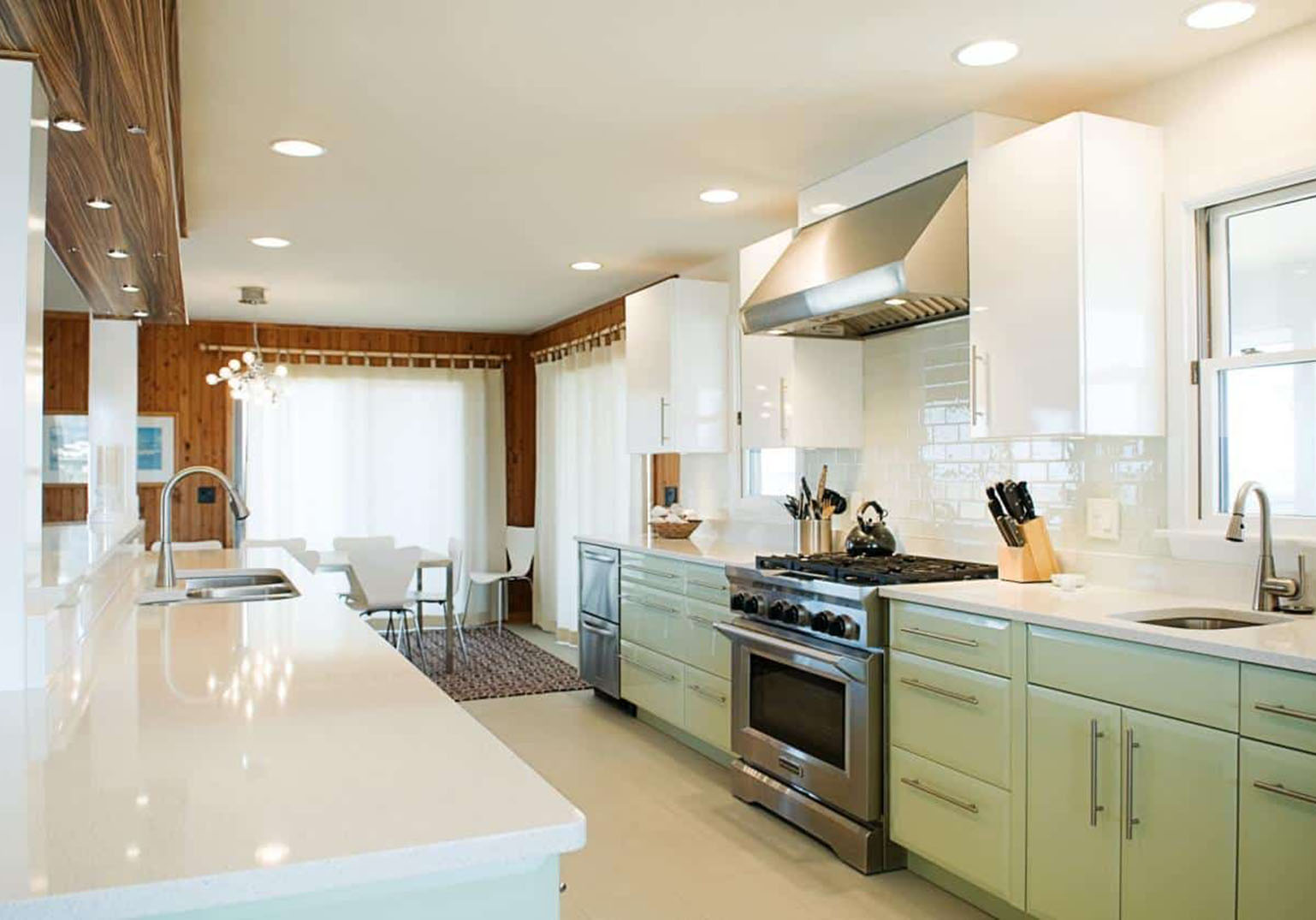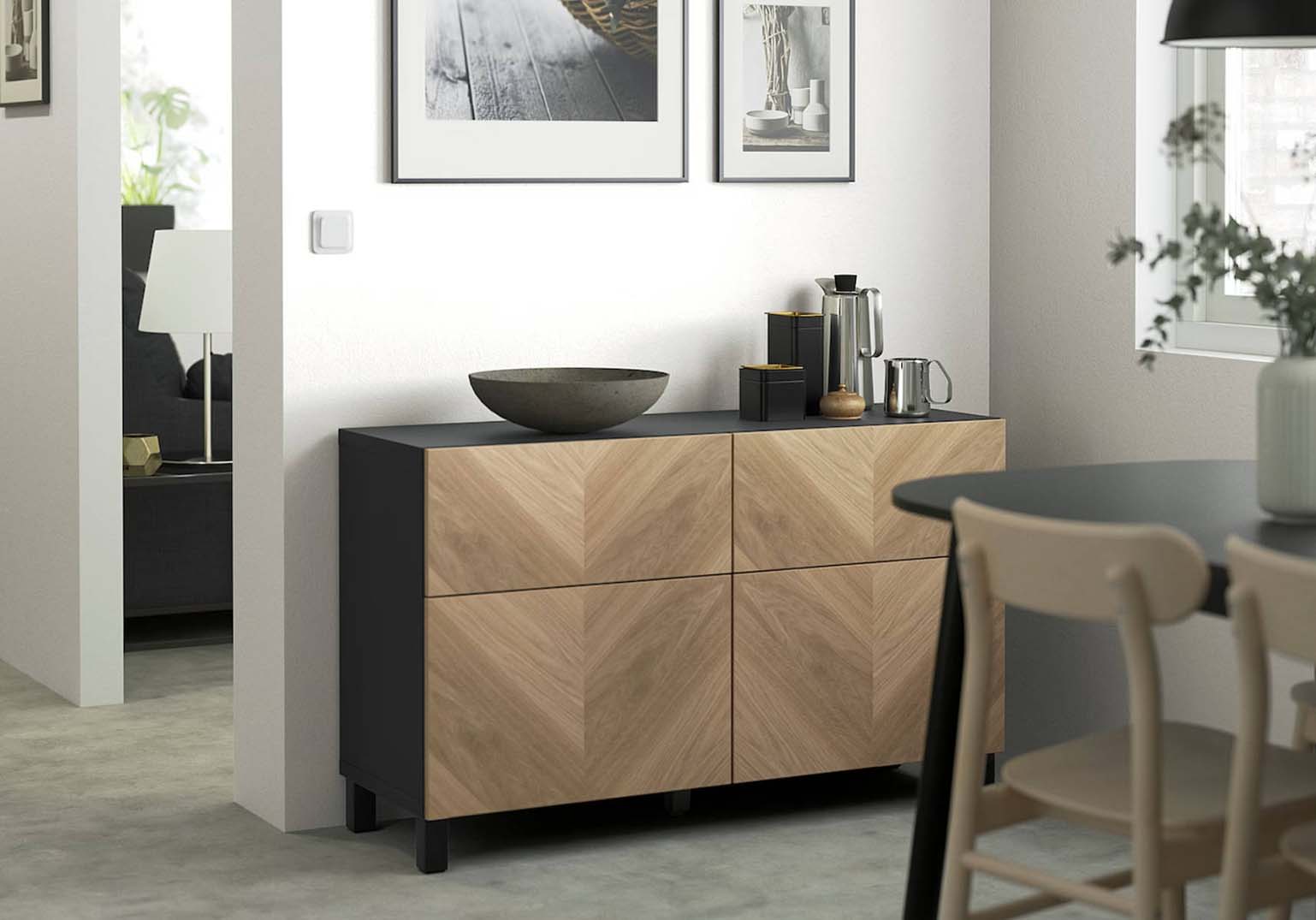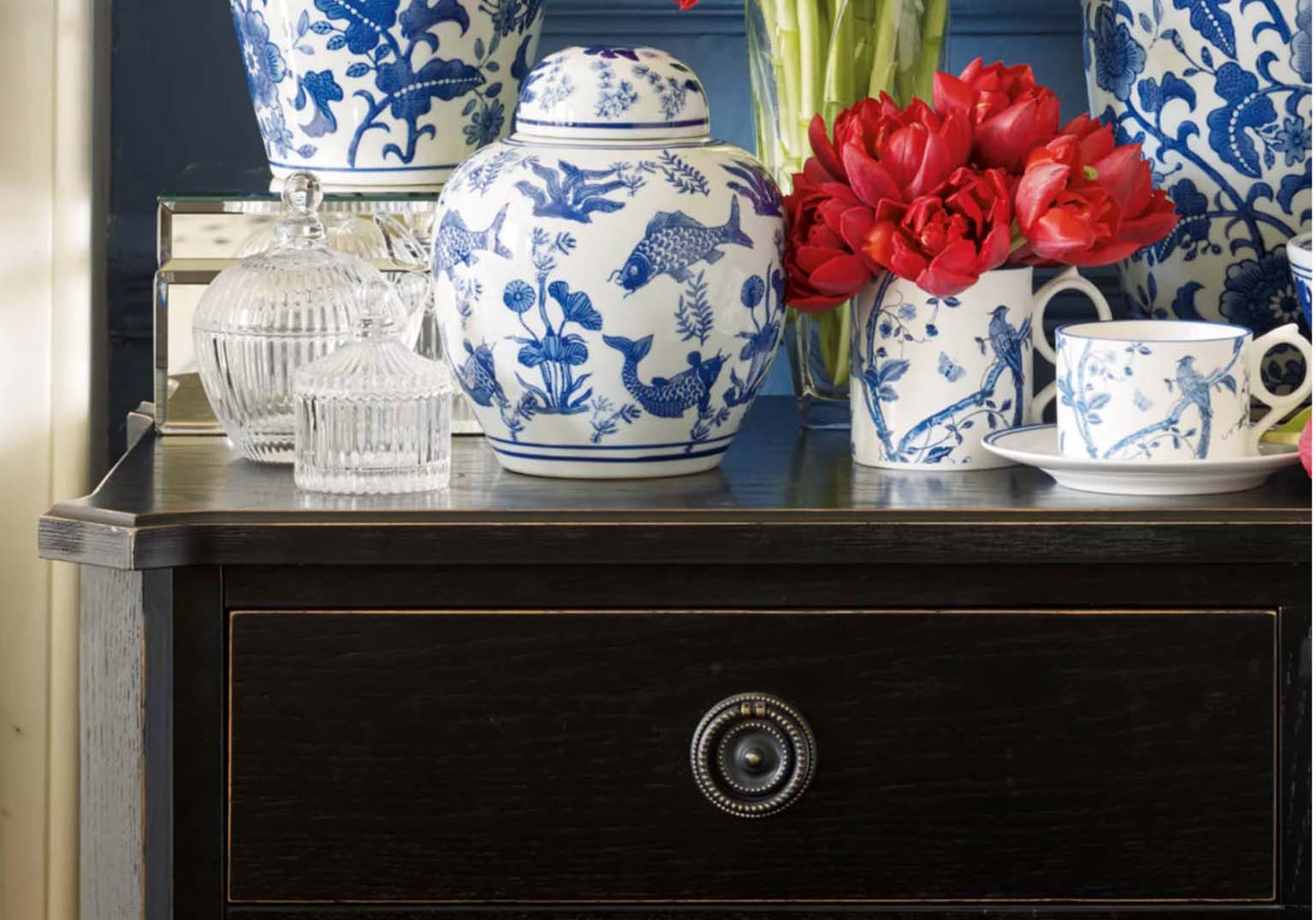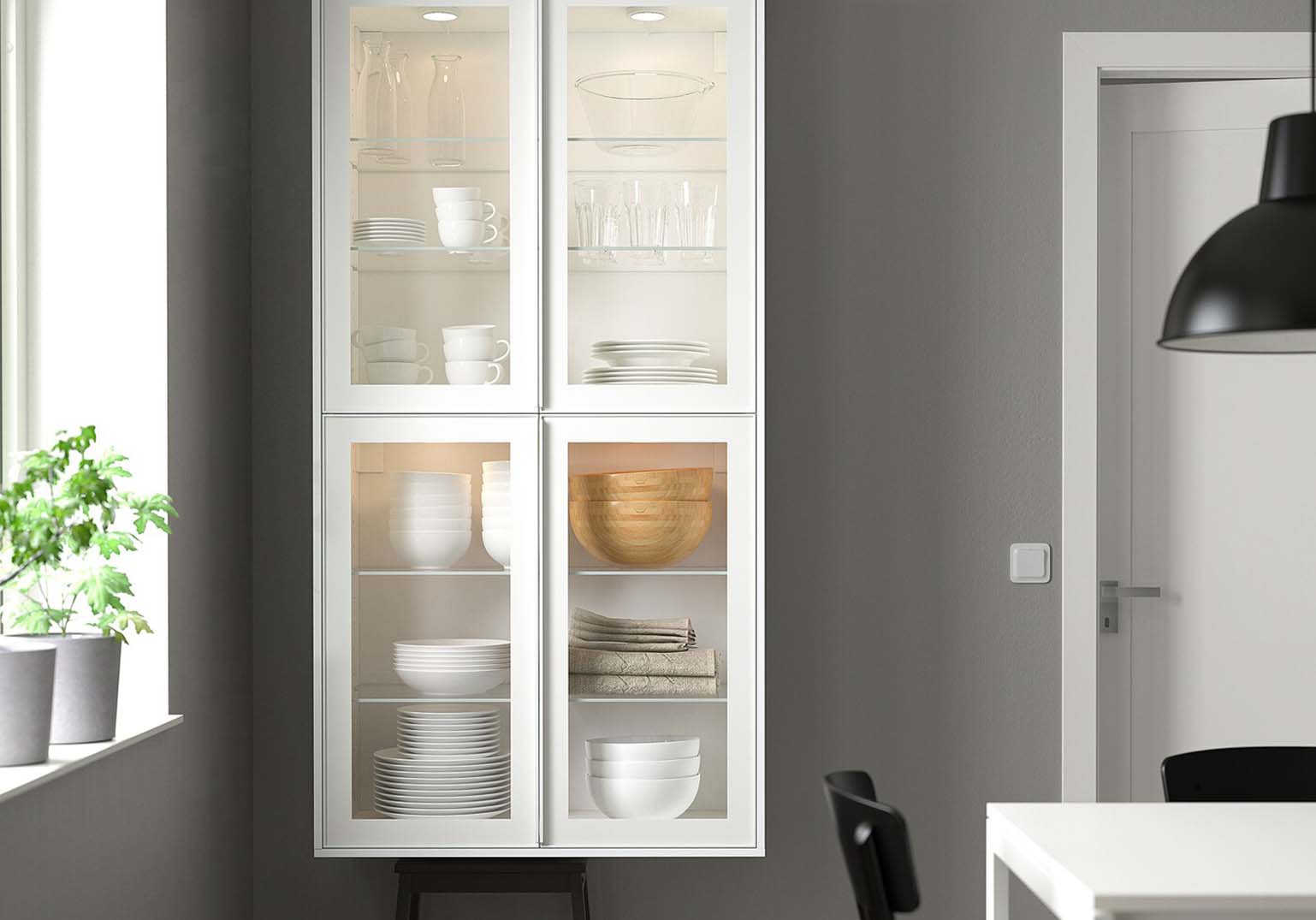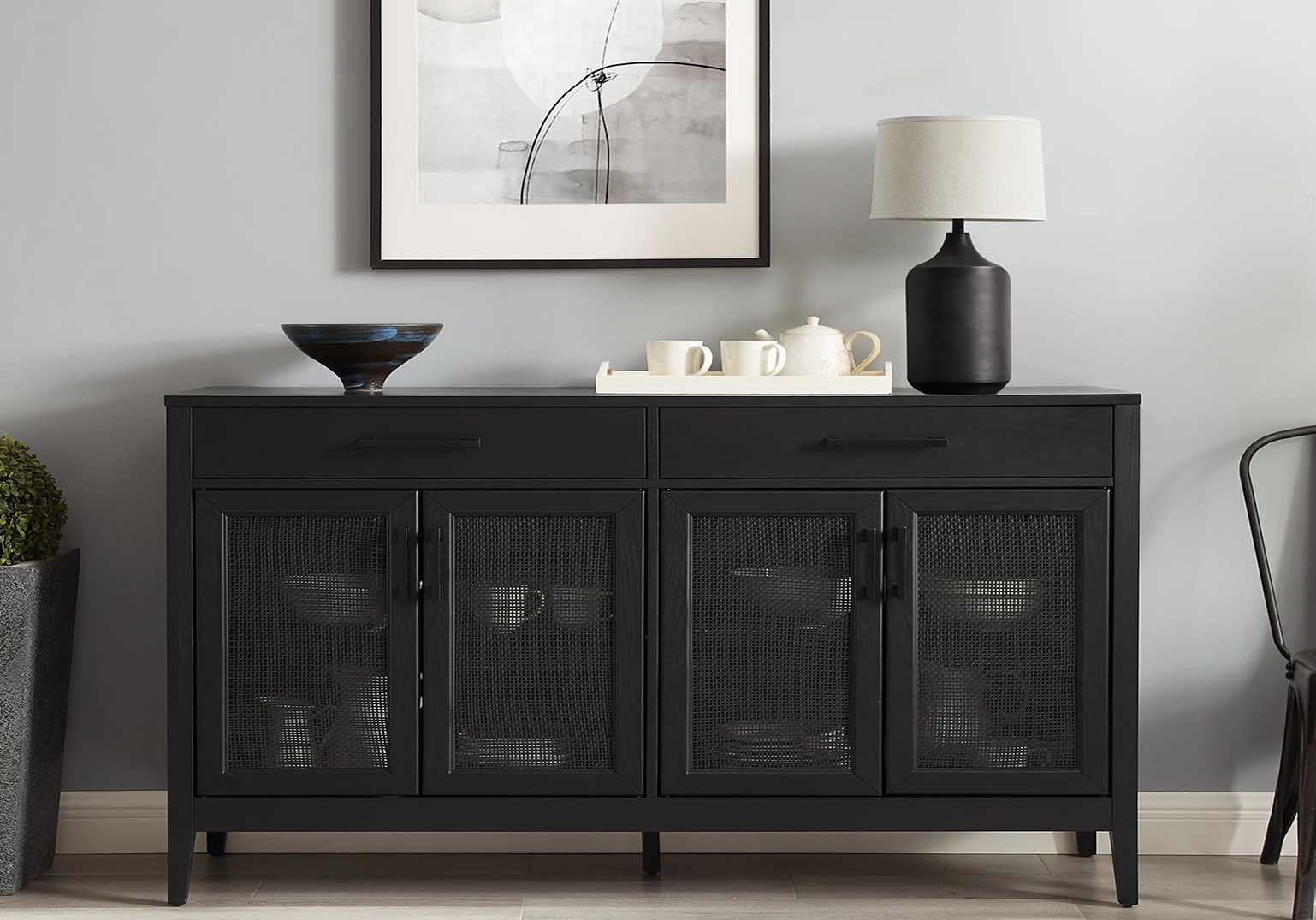When it comes to home design, color plays a crucial role in setting the tone and mood of a space. The psychology of color examines how different hues can affect human emotions, behaviors, and perceptions. In the context of interior design, this concept becomes particularly significant, as the colors we choose can influence how we feel and function in our daily environments. One area where color choice is especially impactful is cabinetry. Whether in the kitchen, bathroom, or living room, the color of your cabinets can dramatically affect the overall ambiance and functionality of the space.
The Basics of Color Psychology
Before diving into specific colors, it’s essential to understand the basics of color psychology. Color psychology is the study of how colors influence human emotions and behaviors. While the impact of color can be subjective and influenced by cultural and personal experiences, there are general patterns that have been observed:
- Warm Colors: Colors like red, orange, and yellow are considered warm colors. They tend to evoke feelings of warmth, energy, and excitement. However, they can also provoke feelings of aggression or stress if overused.
- Cool Colors: Colors such as blue, green, and purple are known as cool colors. These shades often create a calming and relaxing effect, making them ideal for spaces designed for rest and tranquility.
- Neutral Colors: White, gray, beige, and black are neutral colors that provide balance and can complement a wide range of other colors. They are versatile and can evoke feelings of cleanliness, sophistication, or stability, depending on their use.
- Vibrancy and Saturation: The intensity of a color can also affect its psychological impact. Bright, vibrant colors tend to be more stimulating, while muted, pastel shades are more soothing.
Understanding these basic principles can guide your choice of cabinet colors, ensuring they align with the desired atmosphere of your space.
Choosing the Right Hue for Kitchen Cabinets
1. White Cabinets
Psychological Impact: White is associated with cleanliness, purity, and simplicity. It creates a sense of space and can make a room feel larger and more open. In the kitchen, white cabinets can evoke a fresh and sanitary environment, which is ideal for a space where food is prepared.
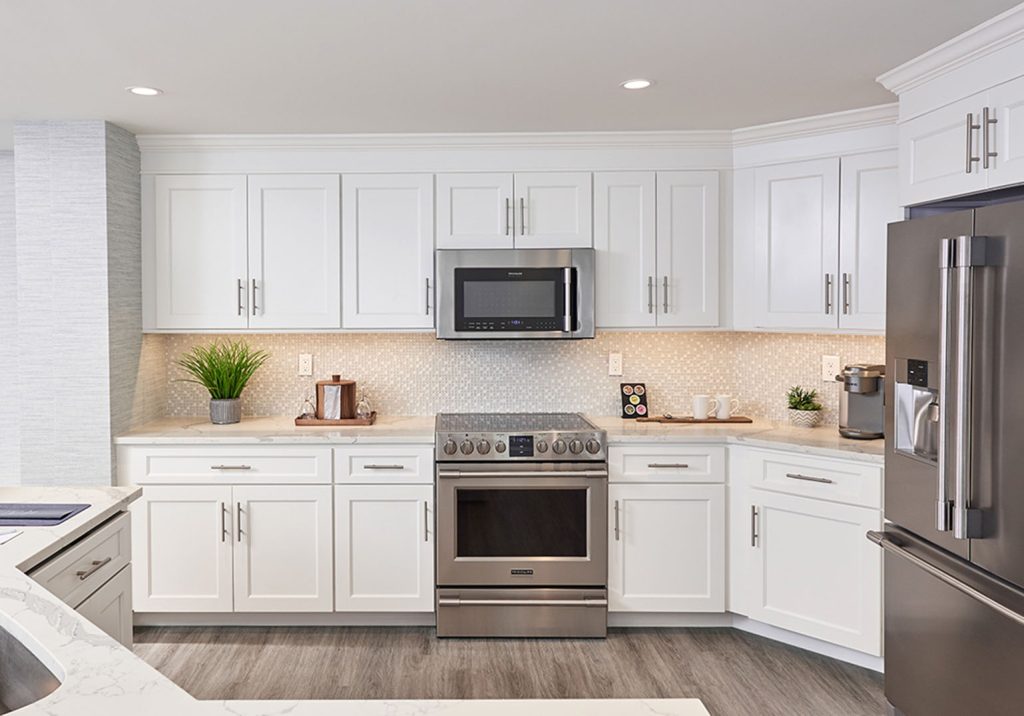
Design Considerations: White cabinets are versatile and can fit into various design styles, from modern to traditional. They provide a neutral backdrop that allows other elements, such as countertops and backsplashes, to stand out. However, maintaining white cabinets can require regular cleaning to keep them looking pristine.
2. Gray Cabinets
Psychological Impact: Gray is a neutral color that often conveys sophistication and balance. It can be calming and is less stark than white, offering a softer aesthetic.
Design Considerations: Gray cabinets come in various shades, from light to dark. Light gray can create a modern and airy feel, while darker grays add depth and a touch of elegance. Gray pairs well with a wide range of colors, making it a versatile choice. However, depending on the shade, gray can sometimes appear cold or uninviting, so it’s essential to balance it with warmer accents.
3. Blue Cabinets
Psychological Impact: Blue is a cool color known for its calming and relaxing properties. It is often associated with trust, stability, and serenity. In a kitchen setting, blue can create a peaceful and inviting atmosphere.
Design Considerations: Blue cabinets can range from soft pastel shades to deep navy tones. Light blues can evoke a coastal or cottage feel, perfect for creating a tranquil space. Dark blues, like navy, can add a sophisticated and dramatic touch. Blue pairs well with white and gray, and can be accented with warm metallics like brass or copper for contrast.
4. Green Cabinets
Psychological Impact: Green is associated with nature, growth, and harmony. It can have a refreshing and revitalizing effect, making it an excellent choice for a kitchen, a space often associated with nourishment and well-being.
Design Considerations: Green cabinets can range from soft sage to deep forest green. Lighter shades of green can create a fresh and airy feel, while darker greens can add richness and depth. Green pairs beautifully with natural materials like wood and stone, enhancing a kitchen’s organic and earthy vibe.
5. Red Cabinets
Psychological Impact: Red is a warm and stimulating color often associated with energy, passion, and excitement. It can increase appetite and create a lively atmosphere, which is why it’s sometimes used in dining spaces.
Design Considerations: Red cabinets can be bold and attention-grabbing. They can work well in kitchens with a modern or eclectic design. However, because red is a powerful color, it’s essential to use it thoughtfully to avoid overwhelming the space. Pairing red with neutral tones can help balance its intensity.
6. Yellow Cabinets
Psychological Impact: Yellow is a cheerful and energetic color. It’s associated with happiness, warmth, and positivity. In a kitchen, yellow cabinets can create a welcoming and sunny environment.
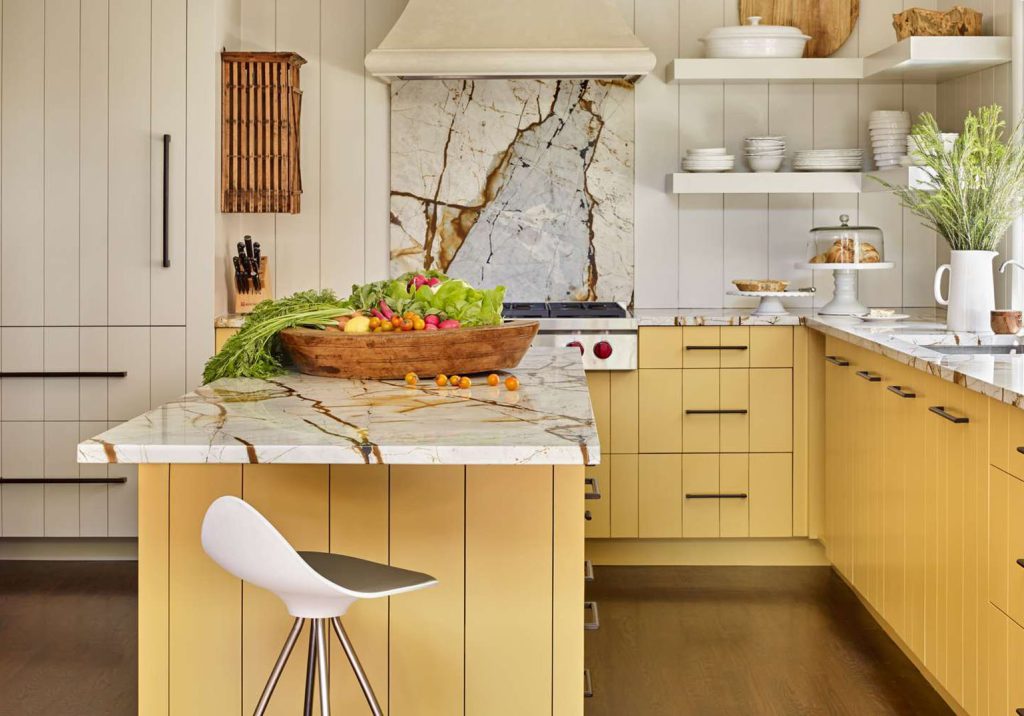
Design Considerations: Yellow cabinets can range from soft buttery tones to vibrant lemon shades. They can brighten up a space and are especially effective in kitchens that lack natural light. However, like red, yellow can be overwhelming if overused. It works well as an accent color or in combination with more neutral shades.
7. Black Cabinets
Psychological Impact: Black is a powerful and elegant color. It conveys sophistication, luxury, and depth. Black cabinets can create a dramatic and chic look in a kitchen.
Design Considerations: While black cabinets can be stunning, they can also make a space feel smaller or more enclosed if not balanced with lighter elements. They work well in modern or industrial-style kitchens and can be paired with metallic accents or natural materials for contrast. Additionally, black cabinets may show fingerprints and smudges more easily, requiring regular maintenance.
8. Brown Cabinets
Psychological Impact: Brown, especially in wood tones, is associated with warmth, comfort, and stability. It’s a natural and grounding color that can create a cozy and welcoming atmosphere in a kitchen.
Design Considerations: Brown cabinets come in various wood tones, from light oak to dark walnut. They can complement a wide range of styles, from rustic to contemporary. Brown cabinets can be paired with a variety of colors and materials, making them a versatile choice. However, the specific shade of brown can influence the overall mood of the space; lighter woods can make a kitchen feel more open, while darker woods add richness and warmth.
Choosing the Right Hue for Bathroom Cabinets
1. White Cabinets
Psychological Impact: In bathrooms, white cabinets continue to represent cleanliness and purity. They can make the bathroom feel more spacious and are associated with hygiene.
Design Considerations: White cabinets are a classic choice for bathrooms, providing a crisp and clean look. They can be paired with a wide range of countertop and tile colors. However, like in kitchens, white bathroom cabinets require regular cleaning to maintain their fresh appearance.
2. Gray Cabinets
Psychological Impact: Gray offers a calming and sophisticated option for bathroom cabinets. It can create a spa-like atmosphere, contributing to a relaxing and tranquil space.
Design Considerations: Light gray cabinets can make a bathroom feel airy and modern, while darker grays can add a touch of elegance. Gray cabinets are versatile and can be paired with a variety of tile and fixture finishes, from polished chrome to warm brass.
3. Blue Cabinets
Psychological Impact: Blue, with its calming and serene qualities, is an excellent choice for bathroom cabinets. It can evoke the soothing nature of water, making it perfect for a space dedicated to relaxation.
Design Considerations: Light blue cabinets can create a soft, coastal feel, while deeper blues can add a rich and sophisticated touch. Blue works well with white and neutral colors, as well as with natural stone accents.
4. Green Cabinets
Psychological Impact: Green in bathrooms can promote a sense of tranquility and freshness, reminiscent of nature. It’s an ideal choice for creating a serene and rejuvenating environment.
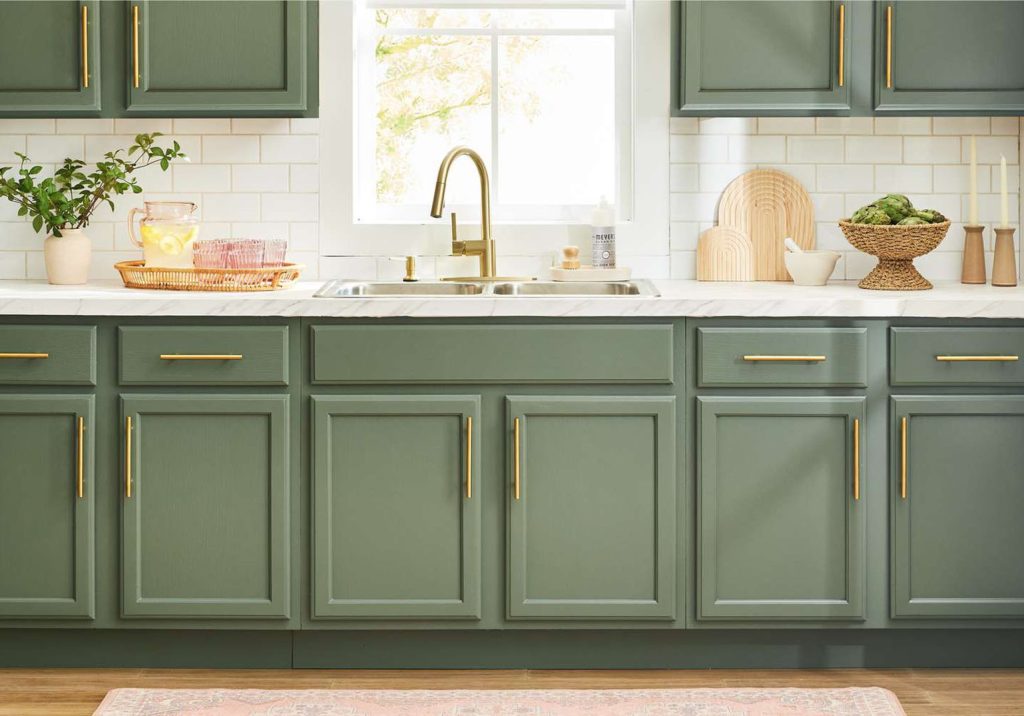
Design Considerations: Green cabinets can range from soft, minty hues to deeper olive tones. They pair beautifully with natural materials and can be accented with white or neutral elements for a balanced look.
5. Dark Colors (Black, Navy, Dark Green)
Psychological Impact: Dark colors like black, navy, and dark green can create a bold and luxurious atmosphere in a bathroom. They evoke a sense of depth and sophistication.
Design Considerations: Dark cabinets can make a statement and are often used in modern or high-end bathroom designs. They can be paired with lighter countertops and tiles to balance the overall look and prevent the space from feeling too enclosed.
The Role of Lighting and Finish in Color Perception
When choosing the color for your cabinets, it’s essential to consider not only the hue but also the finish and the lighting in the space. The finish can significantly affect how a color appears. For example, a glossy finish can make a color appear brighter and more reflective, while a matte finish can give it a softer and more muted look.
Lighting also plays a crucial role in color perception. Natural light, incandescent, and LED lighting can all alter how a color looks. It’s advisable to view color samples in the actual space and under different lighting conditions before making a final decision.
Choosing the right color for your cabinets involves more than just selecting a hue that appeals to you. It’s about understanding the psychological impact of colors and how they can influence the mood and functionality of a space. Whether you’re aiming for a calm and serene environment, a bold and dramatic statement, or a cozy and inviting atmosphere, the color of your cabinets can help achieve your desired effect.
